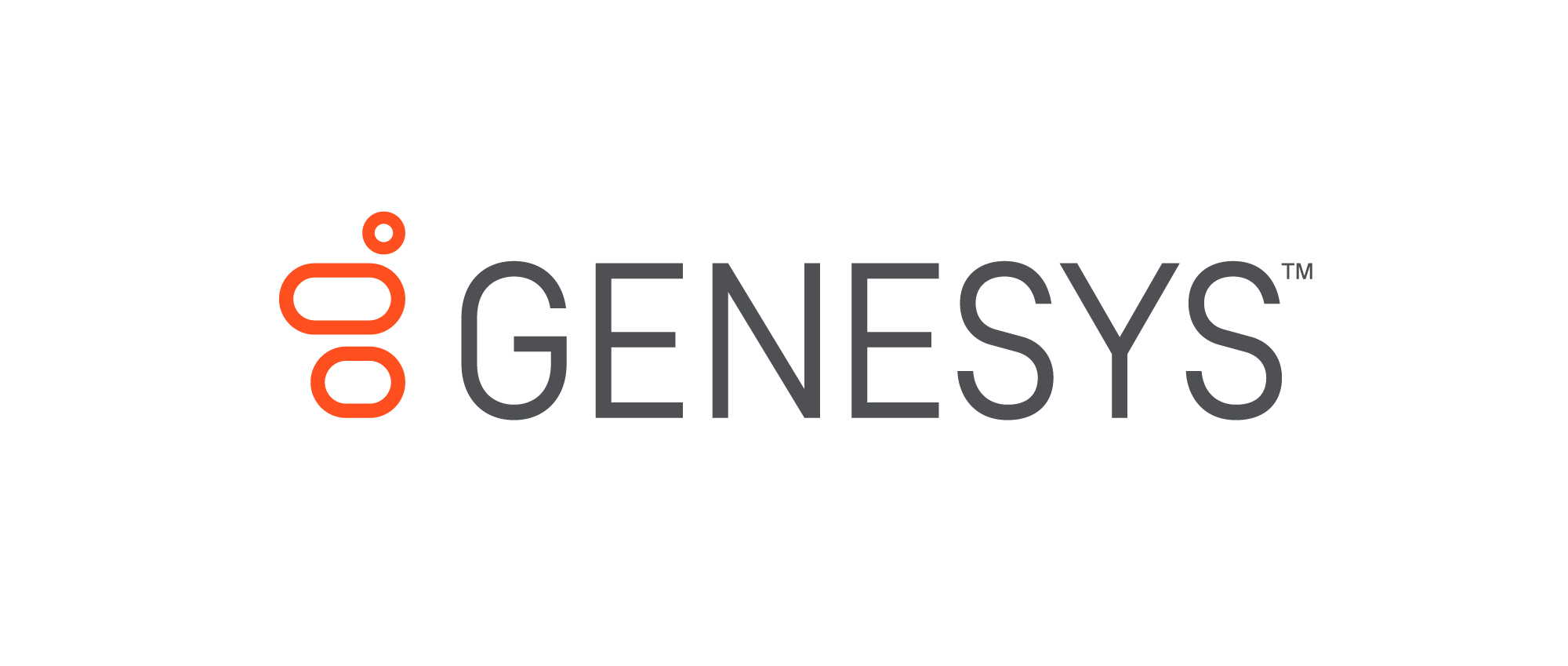Digital Transformation in Government
The true definition of an omni-channel capability is taking those channels and leverage the context across them so you don’t have the experience we’ve all had where you call in and give your account number to a voice response system and then you get to the agent and you repeat your account number. This is because they are not transitioning context. That is what the goal is from a digital transformation.
Dave York
Senior Vice President, U.S. Public Sector, Genesys
Benefits and Challenges of AI and Intelligent Automation
By implementing AI, and this is an interesting one it came out of a McKinsey study about automation and the future workforce, it boosts the policymaker's awareness about the implications of leveraging AI. It’s not just for the government, but as they are making policy for regulating different industries in terms of encouraging them to do different things and ensuring they don’t leverage AI capabilities in a way that is harmful to the citizens.
Dave York
Senior Vice President, U.S. Public Sector, Genesys
In the White House’s fiscal 2021 budget request, President Donald Trump plans to double investments in artificial intelligence and quantum computing. The administration is asking for $2 billion for non-defense AI.
These investments are planned for everything from Energy Department research to the Agriculture Department’s food research initiative to the National Institutes of Health using AI to solve chronic diseases.
Down one level, federal investments in AI and automation while not as large are still showing a growing understanding of the value of these emerging technologies.
The Postal Service, for example, is deploying an AI capability in 192 mail processing and sorting centers to increase package data processing by a factor of 10. This improvement would not be possible without the machine learning capabilities this technology delivers.
USPS, like many agencies, is using AI, intelligent automation and robotics process automation to improve the citizen experience.
In fact in the recent federal government RPA playbook, the federal community of practice says robotics are the first step toward AI and intelligent automation.
And the impact these technologies can and are having on citizens is real. The community of practice says because RPA automates tasks, not jobs, it is primarily a tool for creating capacity and reducing organizational workload. This allows employees to focus on higher value-add work while their ‘digital assistants’ perform the standard/repetitive work.
Dave York, the senior vice president of U.S. public sector for Genesys, said agencies can use RPA, AI and intelligent automation to continue and accelerate their digital transformations and improve citizen services. He said these technologies will let citizens perform specific tasks online instead of having to call or go in person.
“The true definition of an omni-channel capability is taking those channels and leverage the context across them so you don’t have the experience we’ve all had where you call in and give your account number to a voice response system and then you get to the agent and you repeat your account number. This is because they are not transitioning context,” York said on the Innovation in Government show. “That is what the goal is from a digital transformation.”
He said AI and intelligent automation in the customer experience domain can impact agencies internally and externally. First externally, agencies can use tools like natural language processing, machine learning to help make a recommendation of a path the citizen should go down to get an answer and finally the capabilities can help personalize the entire citizen interaction by knowing as much about them as necessary.
Second there is the internal impact these tools can have on employees by improve employee engagement.
“Employees are the single biggest cost and single biggest touch point for improving customer experience overall,” York said. “How we apply AI or machine learning to that is you can do it by scheduling the right resources at the right time. You can also use it to make the agents more intelligent. They get inputs from an AI capability that tells them what to say next or recommends responses to resolve the issue they are faced with more quickly. And finally, you can use natural language processing to review the transcripts or calls that have occurred to provide better coaching to improve the experience the next time and improve the agent’s performance to make them more effective in solving the customer’s problem.”
York said agencies are taking advantage of those AI and machine learning capabilities to move away from the typical approach of using business rules to route calls or interactions.
“You can use machine learning you can more dynamically route that call or interaction because you look at it and say based on all the attributes of the call coming into the system, how do I deal with that? And based on how all people who present like him have been processed in the systems, that is how I will most effectively route or interact with him and that’s how I will personalize that interaction with him,” he said.
York said there are several benefits of implementing AI and machine learning capabilities, including moving employees off the mundane work and making the employee experience less challenging.
“By implementing AI, and this is an interesting one it came out of a McKinsey study about automation and the future workforce, it boosts the policymaker’s awareness about the implications of leveraging AI,” he said. “It’s not just for the government, but as they are making policy for regulating different industries in terms of encouraging them to do different things and ensuring they don’t leverage AI capabilities in a way that is harmful to the citizens.”
York said agencies need to do three things to prepare to use these emerging technologies:
- Make sure they know their customer, their needs, their expectations, and what are the repeatable functions that could benefit from automation.
- Do journey mapping of the customer’s lifecycle with your agency, and ask where you can insert a chatbot or other technology to interact with the citizen.
- Leveraging the right technology, including ensuring you are creating an omni-channel experience so the technology is seamlessly integrated across all parts of the agency.
 About Genesys
About Genesys
Genesys® powers 25 billion of the world’s best customer experiences each year. Our success comes from connecting employee and customer conversations on any channel, every day. Over 11,000 companies in 100+ countries trust our #1 customer experience platform to drive great business outcomes and create lasting relationships. Combining the best of technology and human ingenuity, we build solutions that mirror natural communication and work the way you think. Our industry-leading solutions foster true omnichannel engagement, performing equally well across all channels, on-premise and in the cloud. Experience communication as it should be: fluid, instinctive and profoundly empowering.
Copyright
© 2025 Federal News Network. All rights reserved. This website is not intended for users located within the European Economic Area.



 About Genesys
About Genesys





